By Brad Kolodny, media sales and marketing professional, author and photographer
I don’t often travel for business, but when I do, I try to visit a local synagogue while out on the road. This may be just admiring the architecture of the building from the outside, but if the timing works out where I am able to attend a service, it makes my travel experience more meaningful. Taking time to see a synagogue in an otherwise unfamiliar place was not always a priority for me, but it certainly has been since a trip I took six years ago.
Working in media sales and marketing, I have attended trade shows for the travel industry across the U.S. and in Europe. In March 2014, I made my way to the largest of these shows that takes place annually in Berlin. It was my first time in Germany, which I had mixed feelings about going to in the first place, but while there, I wanted to make sure I hit the obvious tourist attractions. The Brandenburg Gate, Checkpoint Charlie, and remnants from the Berlin Wall were all on my list, as was the Memorial to the Murdered Jews of Europe. I checked all these boxes during my time in Berlin. I also enjoyed walking the streets of the city seeing additional sites, drinking good German beer and meeting locals who were friendly and for the most part, all spoke English. The third and last night of my trip was a Friday so I decided to attend Kabbalat Shabbat services at the largest synagogue in Germany.
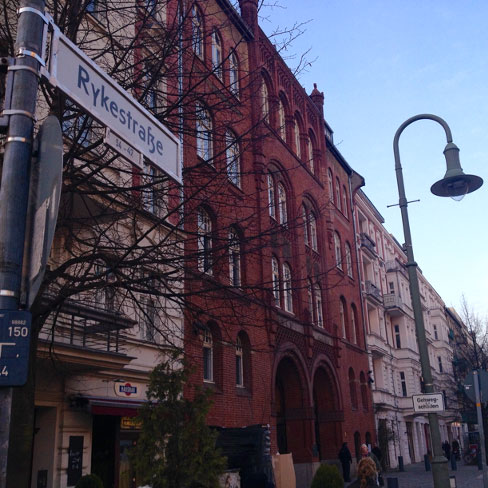
A short distance from my hotel was Potsdamer Platz. I took the U-Bahn subway nine stops, getting off at Senefelder Platz. From there, I had a 5-minute walk through a neighborhood in East Berlin until making a left on Rykestrasse, where the synagogue bearing the name of the street was located.
I arrived about a half hour before the service and approached the red-bricked archway entrance, but was stopped from going into the synagogue by a pair of heavily armed soldiers. One of them asked me something in German that I didn’t understand, however, once I pulled a kippah from my pocket, he waived me in.
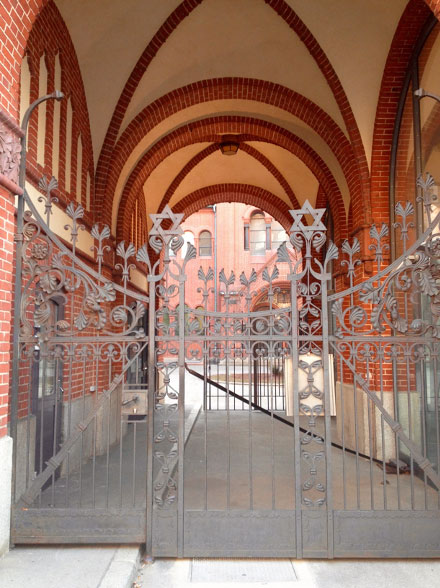
I entered the sanctuary alone, took some photos of the beautifully refurbished interior and struck up a conversation with a man in his late 60s who shared some details about the synagogue. It was more than 100 years old and was largely spared from the destruction of Kristallnacht. Unlike other synagogues in the city, it was not set on fire because of its close proximity to non-Jewish residences adjacent to the building. He told me during the war, the synagogue was used as a stable for horses and returned to use as a synagogue during the post-war years of communist East Germany. It was restored to its pre-war splendor in 2007.
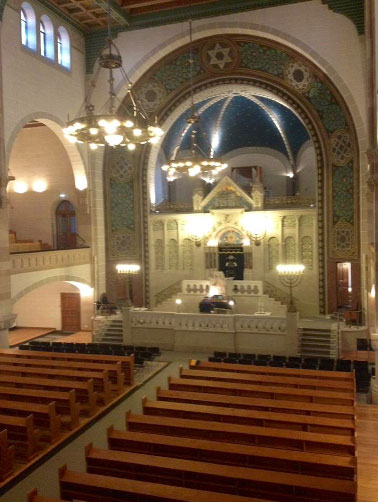
As I sat quietly waiting for the service to begin, I was consumed by thoughts of Berlin, what had happened there 75 years prior, and how those events effected the Jewish people. I also thought about my own family background and how the events shaped the person I am today. I was transported back to my Hebrew school days in the early 1980s with flashbacks of seeing black and white Holocaust films of corpses bulldozed into large open pits. I thought of my ancestors who were murdered by the Nazi machine, including three great grandparents, two great aunts, and three great uncles, one after whom I was named. While those atrocities occurred many hundreds of miles outside Germany, I couldn’t help but think that the premature end to their lives and the fate of the 6 million was decided in the city where I was present at that moment.
At the age of 45, I was more or less the youngest of the three dozen people who had shown up to welcome in the Sabbath. Each of us could have easily had a row to ourselves as we were dwarfed by the enormity of the sanctuary that seats over 1,000.
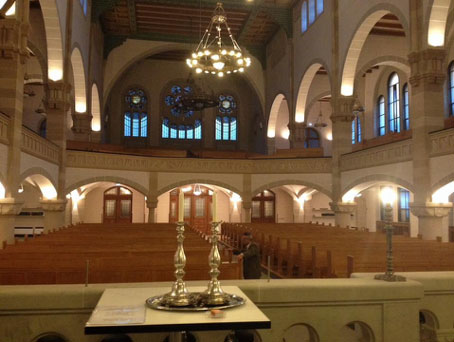
This was quickly forgotten when the cantor belted out the first notes of Yedid Nefesh in the same tune I had heard countless times before. The cavernous empty space from the bimah up to the last row of the balcony filled with familiar prayer. Unexpectedly, I found myself overwhelmed by emotions in the moment and nearly brought to tears. I had been to other synagogues in Europe, including Poland and Ukraine, but this was different. This was Berlin, the place where the ideals of the Nazi party came to life, where Hitler and his fascist government ruled with an iron fist, and where orders for The Final Solution were given—the epicenter of evil. My growing feelings of anxiousness were quelled by the melodies of the cantor mixed with the sounds of davening coming from the congregation.
The following year, I went back to Berlin for the same industry event, but I didn’t return to Rykestrasse. I attended services at another historic synagogue, this one on Oranienburger Strasse where a congregation had been re-established in 1998 utilizing a hall on the third floor of the partially reconstructed building. It happened to be Purim so I went to hear the Megillah reading and was pleased to find a nice crowd with many children and adults dressed in costume for the occasion.
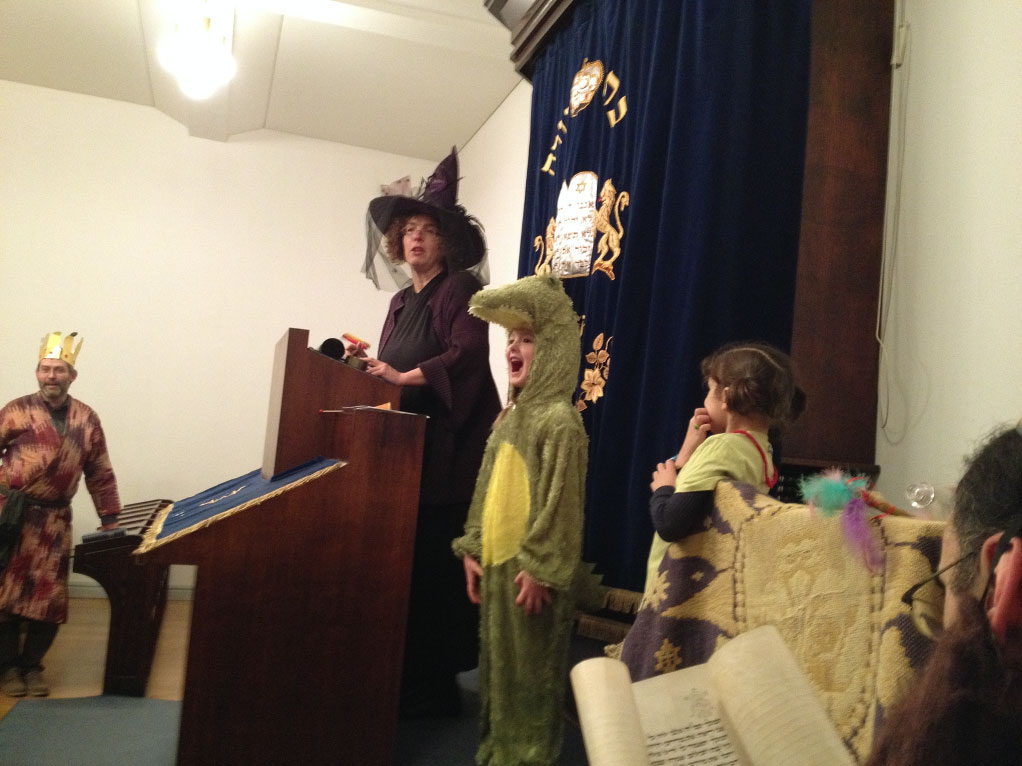
For all that Berlin was in the 1930s and 1940s, where history’s most horrific atrocities were planned and carried out against the Jewish people, traveling there opened my eyes to the modern, cosmopolitan European city it has become today. My preconceived notions had been transformed, not just by interacting with everyday citizens but, more significantly, by visiting two synagogues where thousands of years of Jewish tradition are still observed and celebrated.
Dreaming of Transformational Travel Right Now?
These fun and life-changing experiences will come again. Meanwhile, take these virtual tours through Israel and start planning your next great adventure to the Holy Land or other places around the world.

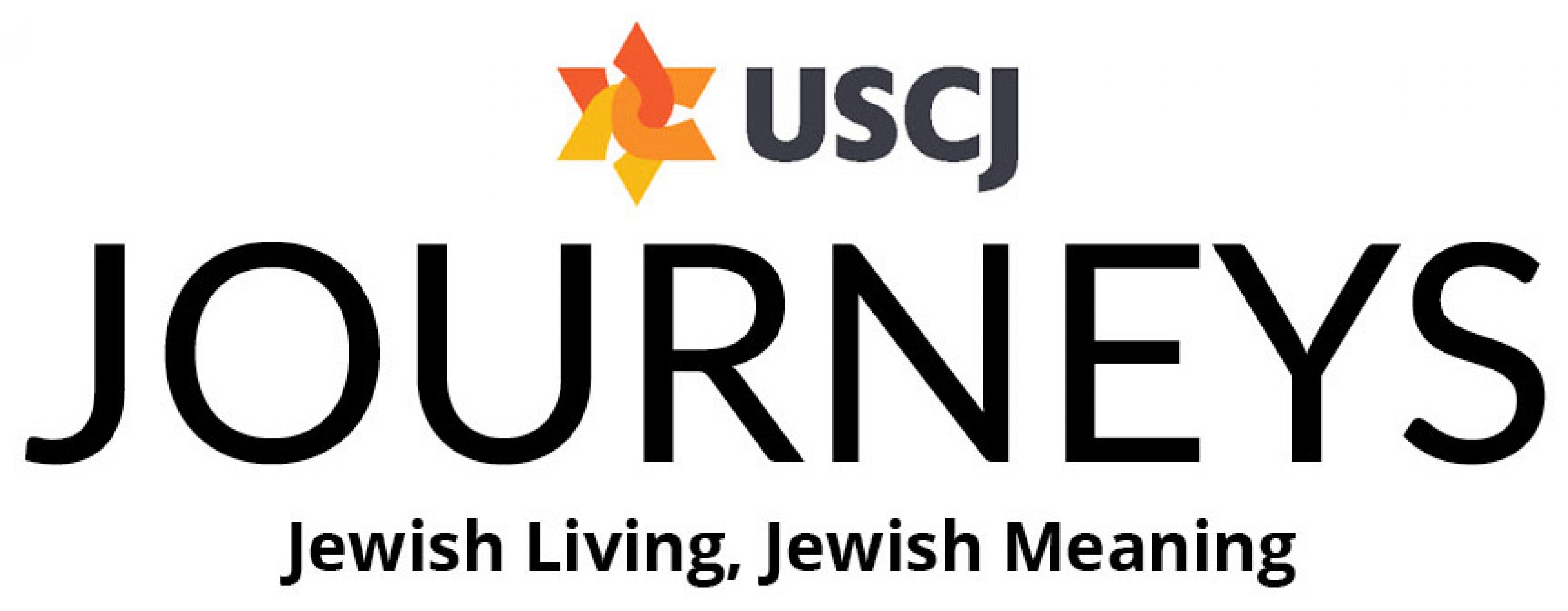
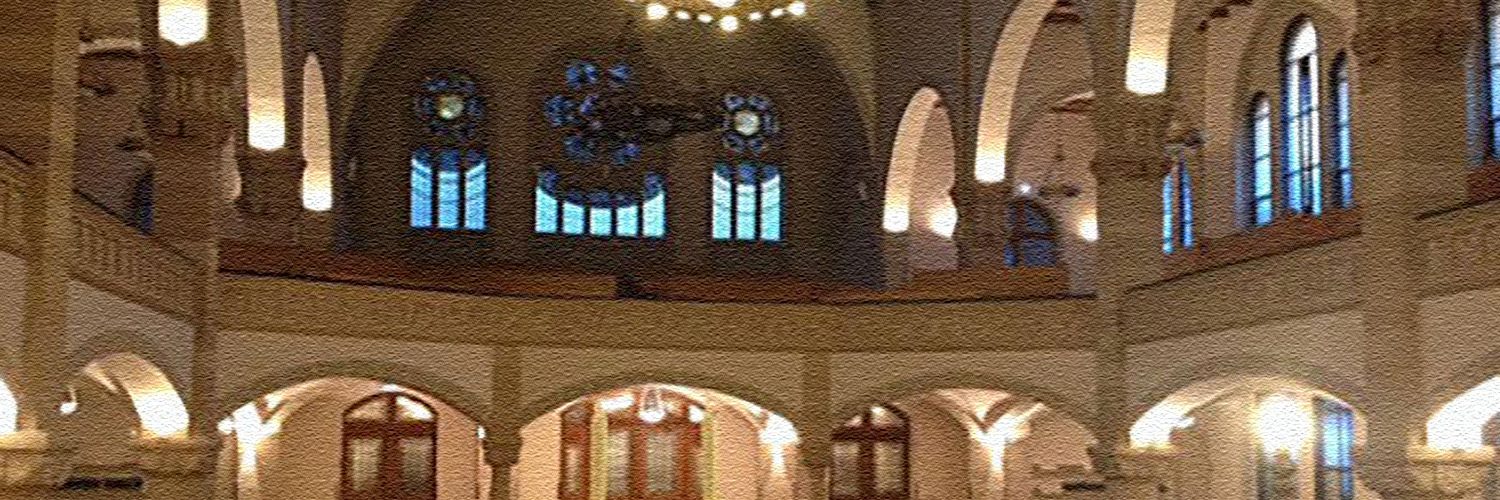



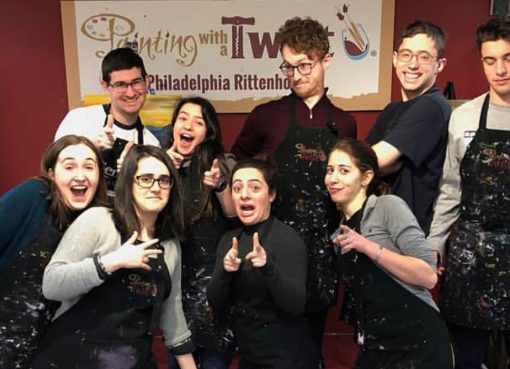

That is a wonderful story.
My wife and I went to the Oranienburger Strasse synagogue a couple years ago on our honeymoon, on the Shabbat of our Sheva Brachot week, and it was such a moving and holy experience, not just getting to go to a site with such a history, but to have a lifecycle event in Berlin and be welcomed so warmly by the community there.